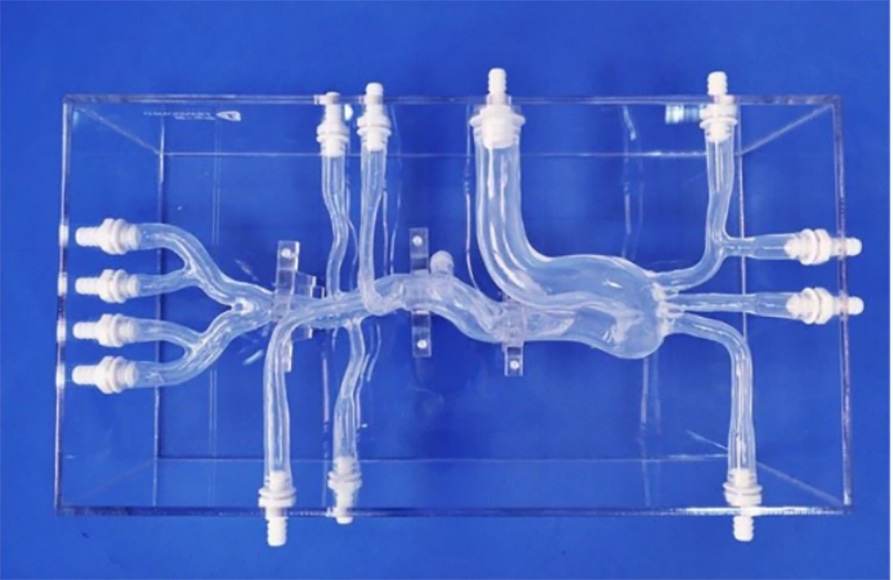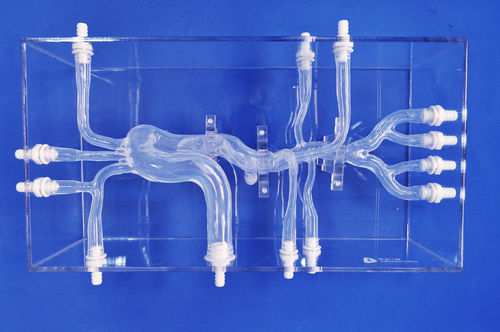
#Industry News
Aortic Dissection: A Life-Threatening Emergency
Aortic Dissection
Introduction:
Aortic dissection is a severe medical emergency involving a tear in the aorta's inner lining. This condition necessitates immediate medical attention due to its potential for life-threatening complications. This article provides a concise overview of aortic dissection, including its causes, symptoms, diagnosis, and treatment options.
Understanding Aortic Dissection:
Aortic dissection occurs when a tear develops in the inner layer of the aorta, creating a false channel for blood flow between the layers. This separation weakens the aortic wall, posing a significant risk of severe complications.
Causes and Risk Factors:
Aortic dissection is commonly associated with conditions that weaken the aortic wall, such as hypertension, atherosclerosis, connective tissue disorders, and prior heart surgery. Additional risk factors include age, male gender, and a family history of the condition.
Symptoms and Diagnosis:
Symptoms of aortic dissection vary but often include sudden, intense chest or back pain described as tearing or ripping. Other signs may include shortness of breath, dizziness, weak pulse, and neurological deficits. Swift recognition and diagnosis are crucial for initiating appropriate treatment.
Diagnostic Methods:
Aortic dissection is diagnosed using imaging tests like computed tomography angiography (CTA) or magnetic resonance imaging (MRI) to visualize the aorta and identify the dissection. Echocardiography may also be employed to assess heart and aorta abnormalities.
Treatment Options:
The primary goals of aortic dissection treatment are stabilizing the patient, relieving pain, and preventing further complications. Treatment approaches depend on the dissection's location, extent, and severity:
1.Medications: Drugs like beta-blockers and blood pressure-lowering medications are prescribed to reduce blood pressure and heart rate, minimizing stress on the aortic wall and lowering the risk of further tearing.
2.Surgical Intervention: Surgery is typically required for life-threatening complications or a high risk of rupture. Open repair involves replacing the damaged aortic segment with a synthetic graft, while endovascular repair uses a stent graft inserted through blood vessels to reinforce the weakened aortic wall.
3.Close Monitoring: Patients with smaller dissections or those not immediately requiring surgery may be closely monitored in a hospital setting to assess aortic stability and manage blood pressure and pain.
Conclusion:
Aortic dissection is a critical medical emergency necessitating immediate attention. Early recognition of symptoms, prompt diagnosis, and appropriate treatment are essential for improving patient outcomes and reducing complications. Heightened awareness among healthcare professionals and the public about aortic dissection symptoms and risk factors can contribute to timely interventions, potentially saving lives. If you experience sudden, severe chest or back pain, seek immediate medical assistance.





